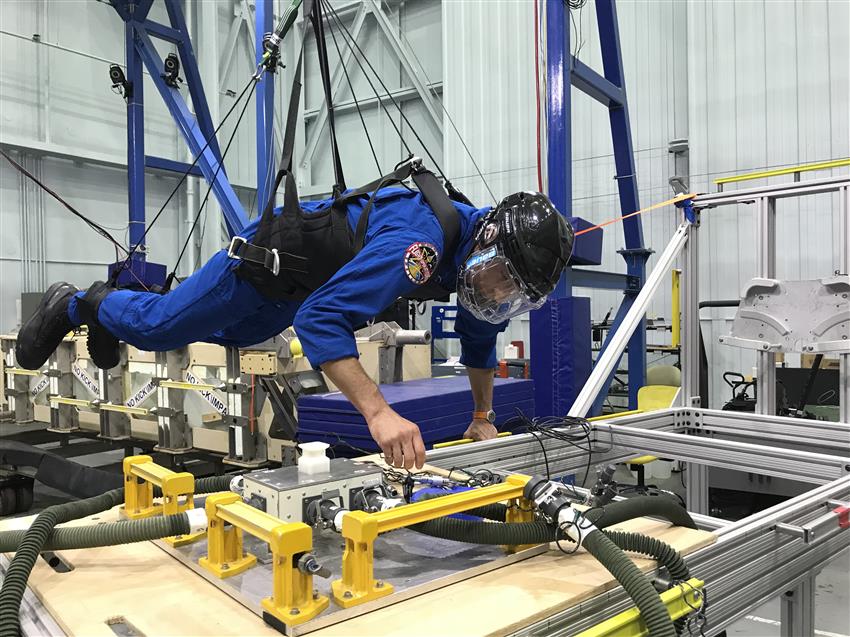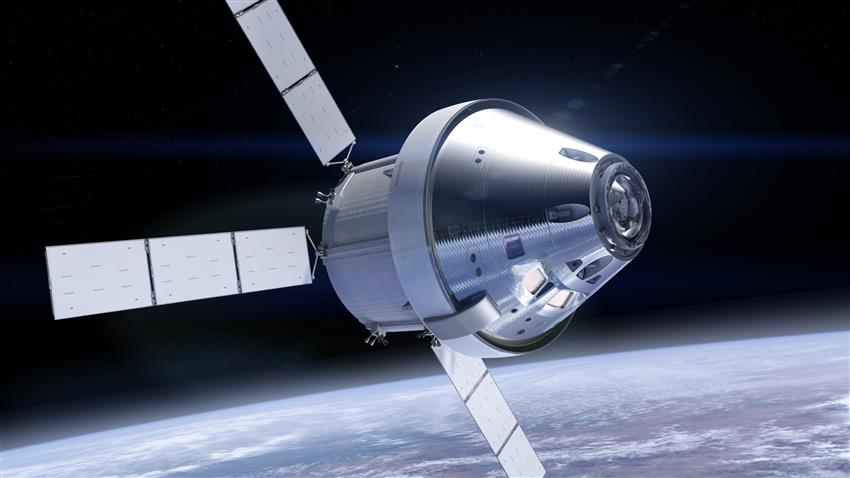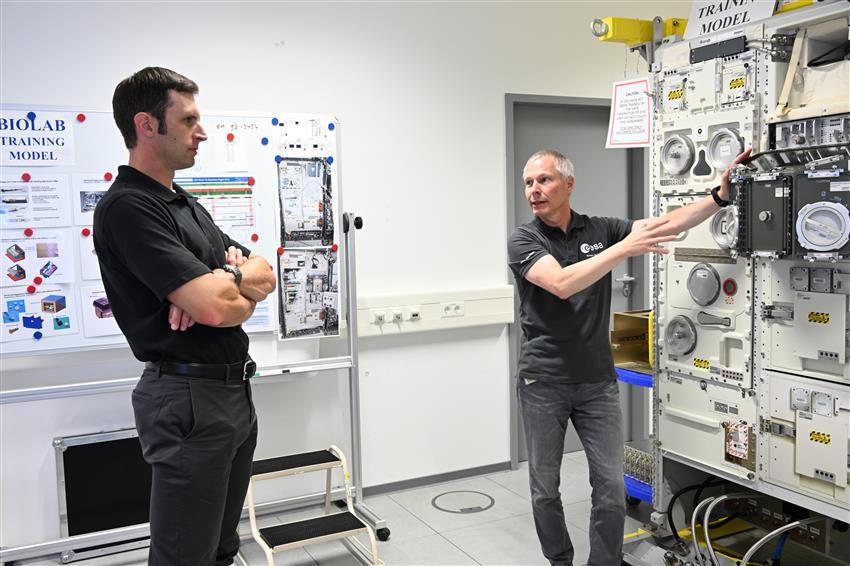Mission-specific training
Training
When the Canadian Space Agency (CSA) selects new candidates, the aspiring astronauts must first go back to school!
All astronauts must follow a three-phase training program:
- Basic training
- Pre-assignment training
- Mission-specific training
Following this three-phased approach, astronauts may go to space to participate in a mission.
On this page
When they are assigned to a mission onboard the International Space Station (ISS) or to a lunar mission, astronauts take a custom-made training program. Currently, the program is approximately two years for missions to the ISS, and one year for lunar missions. Since Artemis II is the first crewed lunar mission in over 50 years, the crew is helping establish training for astronauts assigned to future missions to the Moon.
Most of their training takes place at NASA's Johnson Space Center in Houston, Texas, using simulators and the virtual reality laboratory. The astronauts also have to travel to other locations to complete their training.
Other training locations
ISS missions
- European Astronaut Centre near Cologne, Germany
- Tsukuba Space Center, Japan
- Star City, Russia
- Boeing facility at NASA's Johnson Space Center
- The CSA's Robotics Training Centre in Longueuil, Canada
Lunar missions
- Naval Base San Diego, California
- Airbus, Germany
- Various centres run by NASA and its suppliers, United States
Whether they are assigned to a lunar mission or an ISS mission, astronauts must all take similar training. This training is essential, regardless of their space destination.
Spacewalks: training safely
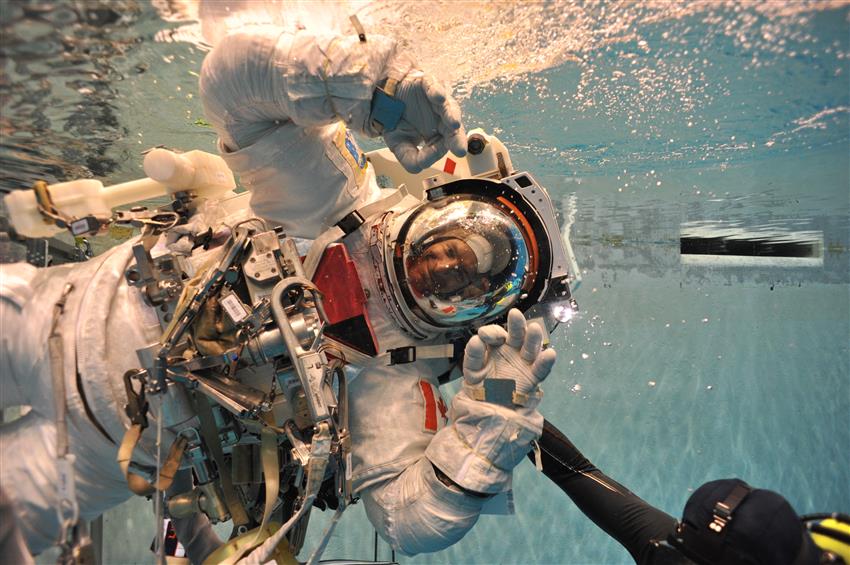
CSA astronaut David Saint-Jacques takes his first dive at NASA's Neutral Buoyancy Laboratory in Houston, Texas, as part of his spacewalk training. (Credit: NASA)
One of the biggest challenges of astronaut training is learning how to perform tasks in microgravity environments.
As a result, before being able to go out into space from the ISS, astronauts have the opportunity to train in different environments:
- in virtual reality
- in the ARGOS simulator
- in a pool
NASA has a Neutral Buoyancy Laboratory at the Johnson Space Center. This site is equipped with a large 12-metre-deep pool that is used to simulate weightlessness.
Former CSA astronaut Chris Hadfield prepares to dive into the pool at NASA's Neutral Buoyancy Laboratory. He also demonstrates various features of the spacesuit. (Credit: CSA)
Transcript of the video entitled CSA astronaut Chris Hadfield in the NBL - Part 2
The pool is big enough to submerge full-scale models of components of the ISS! The astronauts can therefore practise carrying out spacewalks.
The pool floor was also converted for Artemis training: it features sand and rocks of various sizes to simulate the Moon's surface. The lighting was modified to mimic that of the lunar environment. Also, a technique was developed by which astronauts in spacesuits can learn to work in one-sixth of the gravity of Earth, like they will on the Moon.
Handling emergencies
The crews of the various missions must meet in Houston to carry out safety training and simulation activities. The astronauts must be ready to handle the dangers associated with space flight:
- depressurization
- fires
- air contamination
Chris Hadfield and his colleagues Roman Romanenko and Tom Marshburn re-create emergencies in an ISS simulator at NASA's Johnson Space Center. (Credit: CSA)
Water survival training and crew recovery after splashdown
Astronauts travel to the ISS aboard SpaceX's Crew Dragon, Boeing's CST-100 Starliner or the Soyuz, whereas they will travel to the Moon aboard Orion.
Some spacecraft land on the ground. Others land at sea.
| Landing on the ground | Landing at sea | |
|---|---|---|
| ISS mission |
|
|
| Lunar mission | - |
|
All astronauts assigned to a space mission must take water survival training, even if their spacecraft, like the CST-100 Starliner, is designed to land on the ground. In the event of a deviation from the intended trajectory, they must be prepared to survive in remote environments like the sea while they wait for the astronaut recovery team to reach them.
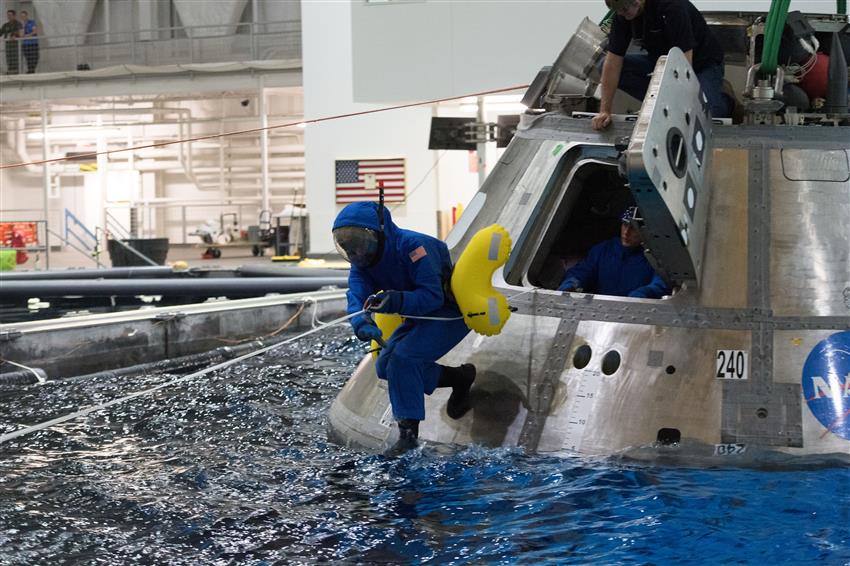
CSA astronaut Joshua Kutryk evacuates the CST-100 Starliner capsule during water survival training. (Credit: NASA)
As part of their training, Artemis crewmembers take part in tests, conducted by the U.S. Navy and NASA, to rehearse the safe recovery of the crew and the Orion capsule after splashdown.
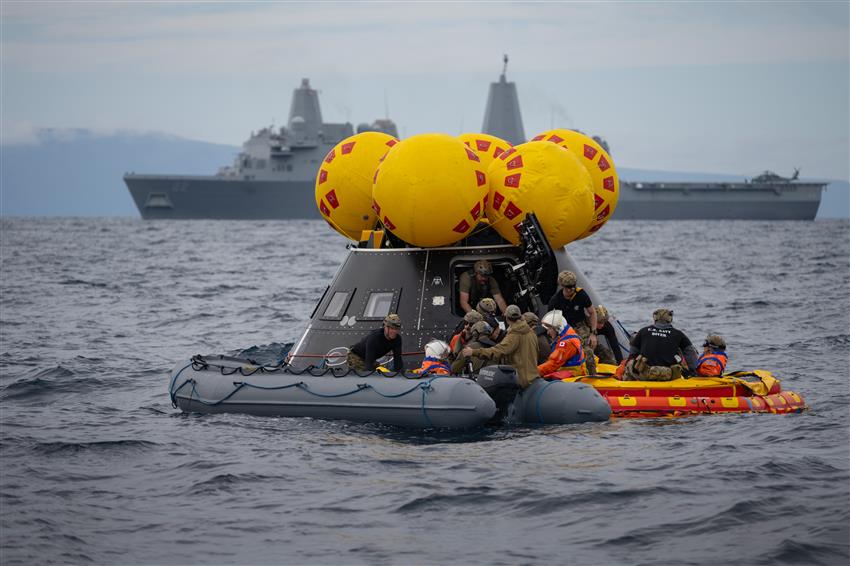
CSA astronaut Jeremy Hansen and his Artemis II crewmates take part in a recovery test. (Credit: NASA/Ken Allen)
Learning about their spacecraft
There are currently three spacecraft that can take humans from Earth to the ISS: SpaceX's Crew Dragon, Boeing's CST-100 Starliner and the Soyuz capsule. They are also used as rescue vehicles to evacuate the ISS in the event of an emergency. The Orion capsule is for Artemis missions to the Moon.
Spacecraft that can take humans from Earth to space
SpaceX's Crew Dragon
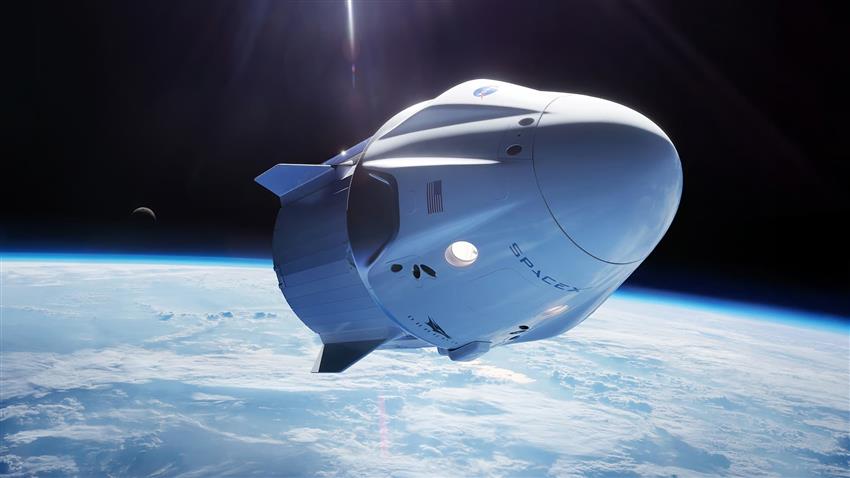
Characteristics of SpaceX's Crew Dragon
Boeing's CST-100 Starliner
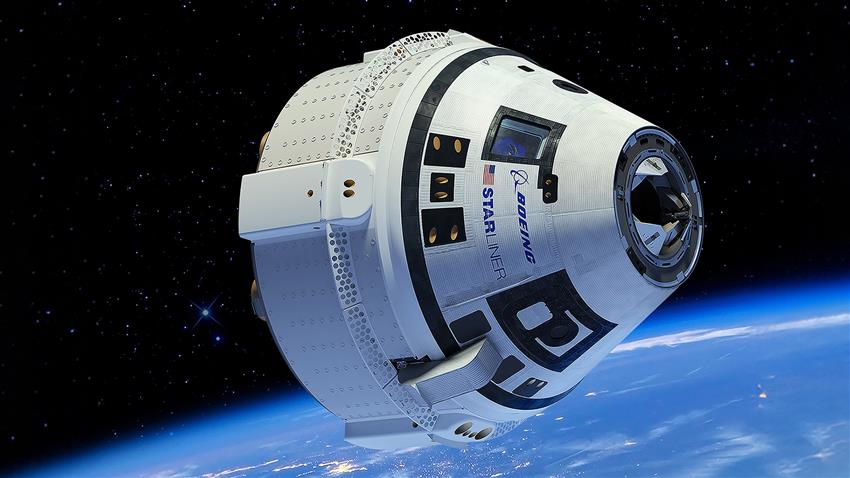
Atlas V rocket and CST-100 Starliner spacecraft
Soyuz

Soyuz training
Operating Canadarm2

CSA astronaut Jenni Gibbons undergoes robotics training at the CSA. (Credit: CSA)
Operating Canadarm2 is among the most delicate activities of a mission onboard the ISS. The astronauts must be able to carry out two essential tasks:
- catch and dock unpiloted cargo ships containing supplies such as:
- food
- clothing
- spare parts
- scientific experiments
- research material
- move astronauts on spacewalks.
Thankfully, the astronauts can count on the CSA's robotics training centre for adequate training!
Learning about the ISS
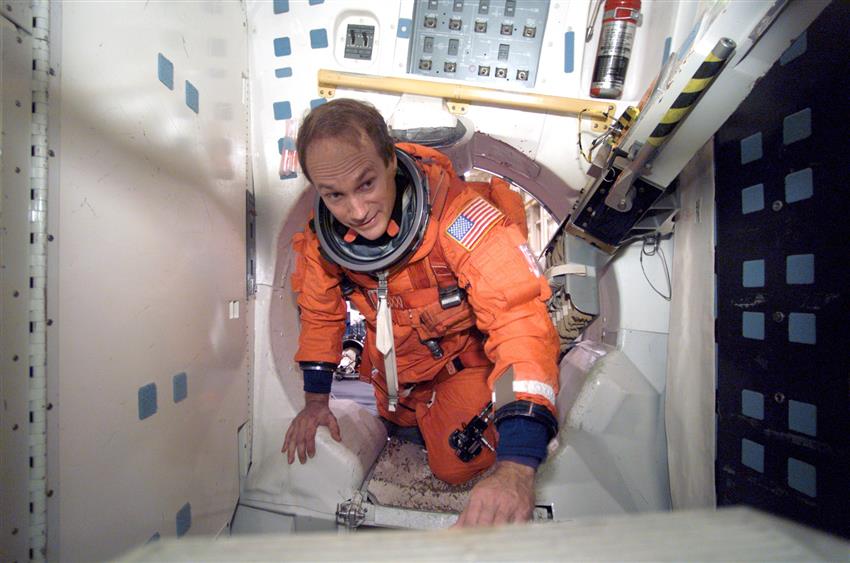
Steve MacLean participates in a training session in a model of the ISS as part of preparations for mission STS-115. (Credit: NASA)
Before travelling to the ISS, the astronauts must know all of the ISS modules like the back of their hand. All ISS partners have full-scale models of their respective modules to train the astronauts.
Plus, during their stay in orbit, the astronauts must conduct scientific experiments.
In order to do so, they must learn to use the scientific modules and familiarize themselves with their different systems, namely:
- data management
- electrical power distribution
- environmental control
- thermal control
- communications
Next step: leave on a space mission!
